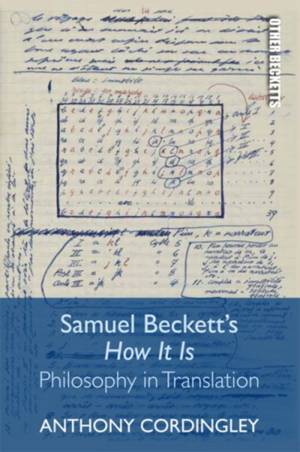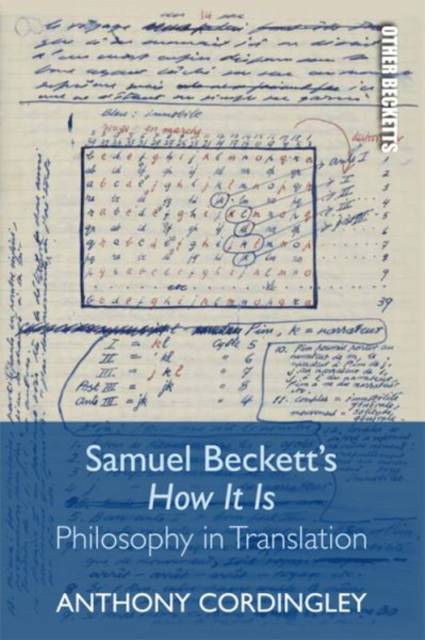
- Afhalen na 1 uur in een winkel met voorraad
- Gratis thuislevering in België vanaf € 30
- Ruim aanbod met 7 miljoen producten
- Afhalen na 1 uur in een winkel met voorraad
- Gratis thuislevering in België vanaf € 30
- Ruim aanbod met 7 miljoen producten
Omschrijving
The first sustained exegesis of a neglected masterpiece of twentieth-century literature, Samuel Beckett's How It Is
This book maps out the novel's complex network of intertexts, sources and echoes, interprets its highly experimental writing and explains the work's great significance for twentieth-century literature. It offers a clear pathway into this remarkable bilingual novel, identifying Beckett's use of previously unknown sources in the history of Western philosophy, from the ancient and modern periods, and challenging critical orthodoxies. Through careful archival scholarship and attention to the dynamics of self-translation, the book traces Beckett's transformation of his narrator's 'ancient voice', his intellectual heritage, into a mode of aesthetic representation that offers the means to think beyond intractable paradoxes of philosophy. This shift in the work's relation to tradition marks a hiatus in literary modernism, a watershed moment whose deep and enduring significance may now be appreciated.
Key Features
Specificaties
Betrokkenen
- Auteur(s):
- Uitgeverij:
Inhoud
- Aantal bladzijden:
- 304
- Taal:
- Engels
- Reeks:
Eigenschappen
- Productcode (EAN):
- 9781474440615
- Verschijningsdatum:
- 25/08/2020
- Uitvoering:
- Paperback
- Formaat:
- Trade paperback (VS)
- Afmetingen:
- 155 mm x 229 mm
- Gewicht:
- 453 g

Alleen bij Standaard Boekhandel
Beoordelingen
We publiceren alleen reviews die voldoen aan de voorwaarden voor reviews. Bekijk onze voorwaarden voor reviews.









